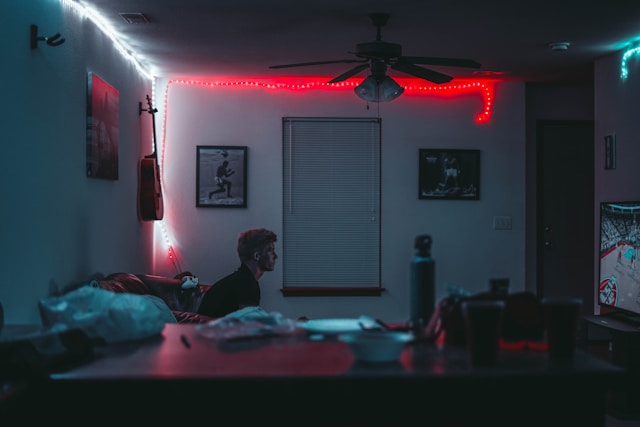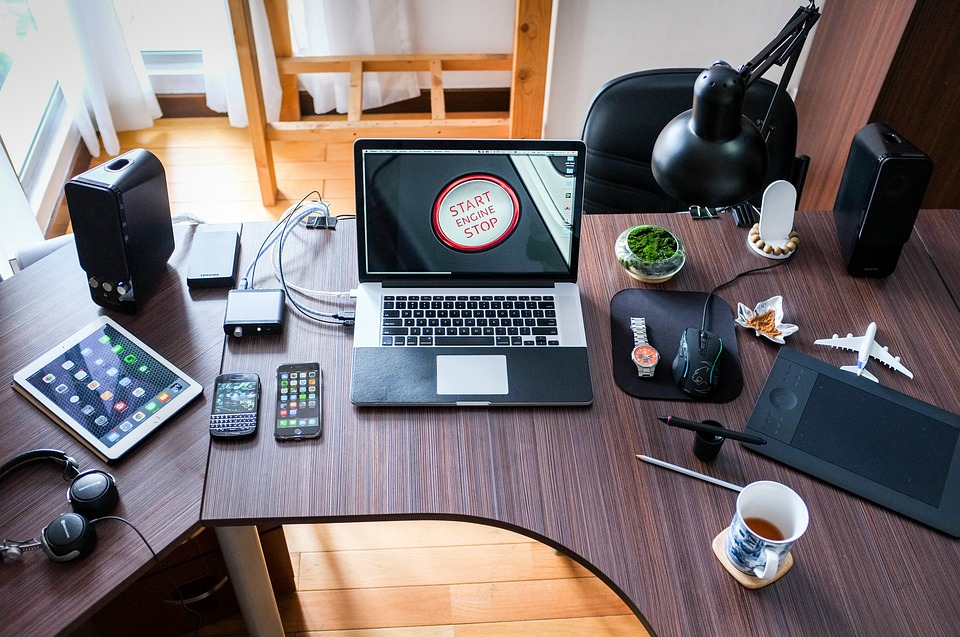As your child grows into a teenager, their bedroom needs to evolve into a space that is not only reflective of their personal style but also safe and secure. Designing a teenager-safe bedroom requires careful consideration of their changing needs and activities.
Here’s a comprehensive guide to help you create a bedroom that combines safety, comfort, and functionality for your teenager.
Secure and Functional Furniture
Ensuring that all furniture is both secure and functional is crucial for a teenager’s room:
- Stable Furniture: Anchor heavy furniture like dressers, bookcases, and wardrobes to the wall using brackets or straps to prevent tipping accidents. You can choose wall mounted headboards to add style and luxury to the room.
- Rounded Edges: Select furniture with rounded edges or use corner guards to cushion sharp edges on desks, tables, and shelves.
- Sturdy Construction: Choose well-constructed, durable furniture that can withstand the occasional rough handling.
Safe Sleeping Arrangements
A safe and comfortable bed is essential for a teenager’s health and well-being:
- Quality Mattress: A high quality mattress that provides good support and comfort is crucial for a growing teenager.
- Bed Frame Stability: The bed frame needs to be sturdy and stable, with no loose parts or sharp edges.
- Bunk Bed Safety: If your teenager shares a room with a sibling, ensure that bunk beds have rails on all sides of the top bunk and that younger children sleep on the lower bunk.
Hazard-Free Flooring
Flooring should be both safe and comfortable:
- Soft Surfaces: Use area rugs or carpet to cushion falls and provide a comfortable surface for walking and standing.
- Non-Slip Mats: Ensure that rugs have non-slip backing to prevent tripping and slipping accidents.
- Clean and Hygienic: Choose flooring materials that are easy to clean and maintain to keep the room hygienic.
Electrical Safety
Proper management of electrical outlets and cords is essential for a safe teenager’s room:
- Outlet Covers: Use outlet covers to prevent accidental contact with electrical sockets.
- Cord Management: Keep electrical cords organized and out of the way using cord organizers. Secure cords to the wall or behind furniture to avoid tripping hazards.
- Safe Lighting: Ensure that all lighting fixtures are in good condition and use bulbs of the appropriate wattage to prevent overheating.
Organized and Safe Storage
Adequate and safe storage solutions help keep the room tidy and secure:
- Clothes Storage: Provide ample storage for clothes, such as a dresser or wardrobe, to keep clothing off the floor.
- Study Space: Ensure that the desk and study area are organized and free of clutter. Use organizers and shelves to keep school supplies in order.
- Safe Shelving: Secure wall-mounted shelves properly and avoid overloading them to prevent accidents.
Emergency Preparedness
Being prepared for emergencies is crucial for any room:
- Smoke and Carbon Monoxide Detectors: Install smoke and carbon monoxide detectors in or near the bedroom and test them regularly.
- First Aid Kit: Keep a first aid kit in the bedroom or nearby for quick access in case of minor injuries.
- Escape Plan: Teach your teenager about emergency exits and ensure there are clear paths to doors and windows.
Conclusion
Creating a teenager-safe bedroom involves thoughtful planning and attention to detail. By following the above guidance you can create a secure and nurturing environment for your teenager.
Regularly review and update the safety measures as your teenager grows to adapt to their changing needs. A teenager-safe bedroom not only protects them from harm but also provides a comfortable space where they can thrive and express their individuality safely.


